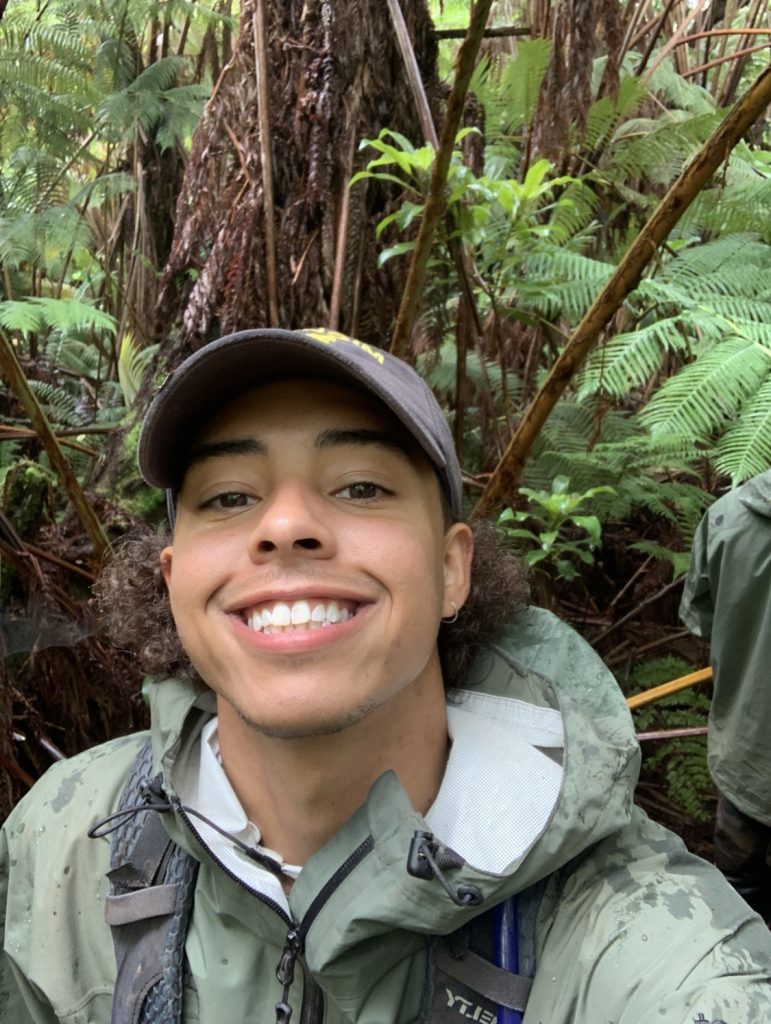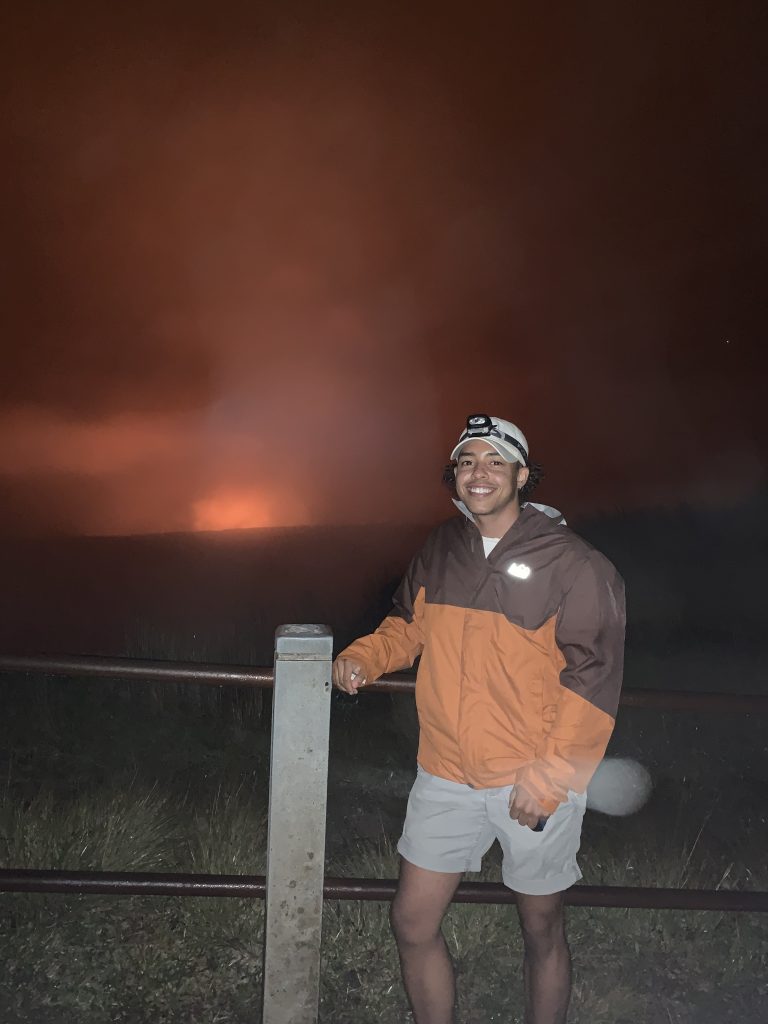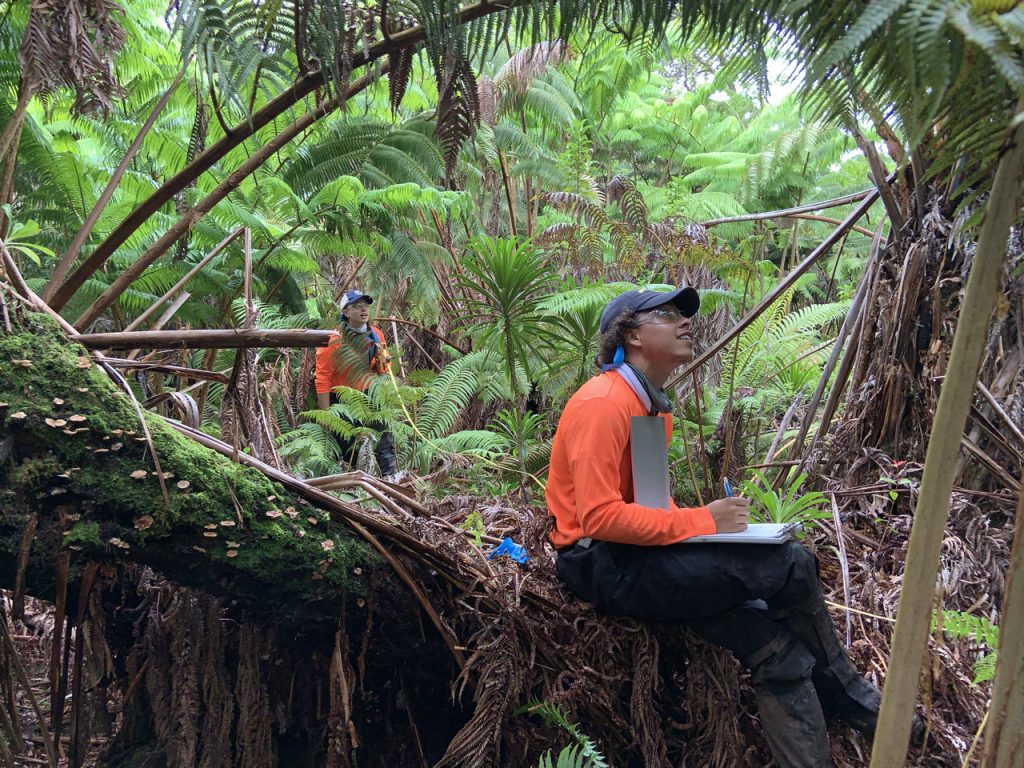Scientists in Parks
Brayden Pollvogt graduated from Valparaiso University in Spring 2021 with a bachelor’s degree in Environmental Science. While at Valpo, he was a recipient of the EPIC scholarship, which provided him with funding for school as well as the support group of various STEM peers and professors in education and research.
Brayden was always interested in the sciences as well as environmental justice. He completed an internship with the Doris Duke Conservation Scholars Program (DDCSP) at University of Michigan under Dr. Dorceta Taylor which has now transitioned to the Yale Conservation Scholars-Early Leadership Initiative (YCS-ELI). Through this internship, he acquired the experience necessary for the Scientist in Parks internship through the National Parks Service that he is currently pursuing. He says, “…the Doris Duke internship provided me with lifelong community of like-minded peers and mentors who inspire me to be better“.
Educational Experience
While at Valpo, he had the opportunity to work with Dr. Julie Peller (Chemistry) on her water quality research. He learned how to collect and process water samples, and also exposure to working with data. He says, “…I am very grateful for the data experience because if you want to go into research or any science field in the long-term, having comfortability working with and organizing data is crucial.“
Brayden cherishes his environmental classes and professors who emphasized real world issues outside the walls of academia. He appreciates assignments and projects curated by professors to mimic real world challenges. He uses knowledge gained in his degree — environmental, computer based mapping (GIS), data analysis — in his current internship.
Brayden decided to attend Valparaiso University because he was comfortable with small class sizes where he could get to know his peers and professors well. He was also attracted to the location of Valparaiso, which is close to the southern shore of Lake Michigan with its beautiful dunes and not too far away from Chicago. He appreciated the very interesting history and geography of Valparaiso. He is interested in both environmental systems and human social issues, he found that Valpo offered him a chance to explore both and understand their complex interactions.
The most impactful part of my Valpo experience was the faculty and staff that I got close to. The mentorship I had from my professors helped me as a first-generation student in navigating the difficulties of college while also inspiring and encouraging me to strive for more for myself.
Leadership
Brayden was heavily involved with Social Action Leadership Team (SALT) and Earthtones. He took on leadership positions which allowed him to develop skills in team work as well as leadership roles in managing teams in these organizations. He says that his leadership roles helped prepare him for working with his internship team very effectively. In his internship, he often finds himself easily slipping into a leadership role both formally and informally.
Present and Future
Brayden says the following about his National Parks internship: “My experience as a Scientist-in-Parks intern (SIP) for the Pacific Island Inventory and Monitoring Network (PACN) based in the Hawai’i Volcanoes National Park (HAVO) was truly an amazing experience. Growing up, I had never had the opportunity to visit a National Park. Getting the chance to work in one for 8 months was unreal.
“My work was with the Inventory and Monitoring Vegetation Crew. My day basically consisted of waking up in my park housing, biking to our office down the street, and then working in the bushes for most of the day. We had plots where we collected data like the species, diameter, vigor, rooting, and presence of flowers or fruits of all of the trees present, the presence of every species present in the plot, the understory cover, the canopy height, and species, diameter, length and height of tree ferns. We also had transects where we took note of each non-native species and its percent cover every 20 meters for a whole kilometer.”
He goes on to describe his day-to-day work: “We also had office days that consisted of doing various trainings necessary for access to different things like riding in a helicopter or driving federal vehicles. Office days mainly consisted of entering all of the data that we collected in the field or prepping for a camping trip, though.
“Working with PACN was a cool experience because it is a smaller organization, so even though many people have specific roles or realms like birds, vegetation, freshwater aquatics, or marine aquatics, many people helped out wherever they were needed which gave me and my fellow SIP interns the opportunity to go to Kalaupapa National Historical Park in Moloka’i. In Kalaupapa, we got to camp at the mouth of a stream that we hiked along every day to do water monitoring which included fish and snail surveys, stream discharge tracking, and water quality and eDNA samples. Not only were we able to help out with fellow PACN projects, but we were also able to help with HAVO’s resource management out-planting projects.
“I got to learn a lot of new skills, gain a lot of once-in-a-lifetime experiences, and meet a lot of people that I intend on staying in touch with well past the end of this internship which is the goal and intention of internships.
“Meeting a lot of people in permanent, temporary, and even volunteer positions at the National Park, I have realized the importance and beauty of temporary work as an environmentalist. There are so many opportunities to work in really cool places doing really cool things with even cooler people. Therefore, I suggest getting comfortable with the idea of temporary work as it opens doors you never even knew were there, and you may even find something you love doing along the way.“



